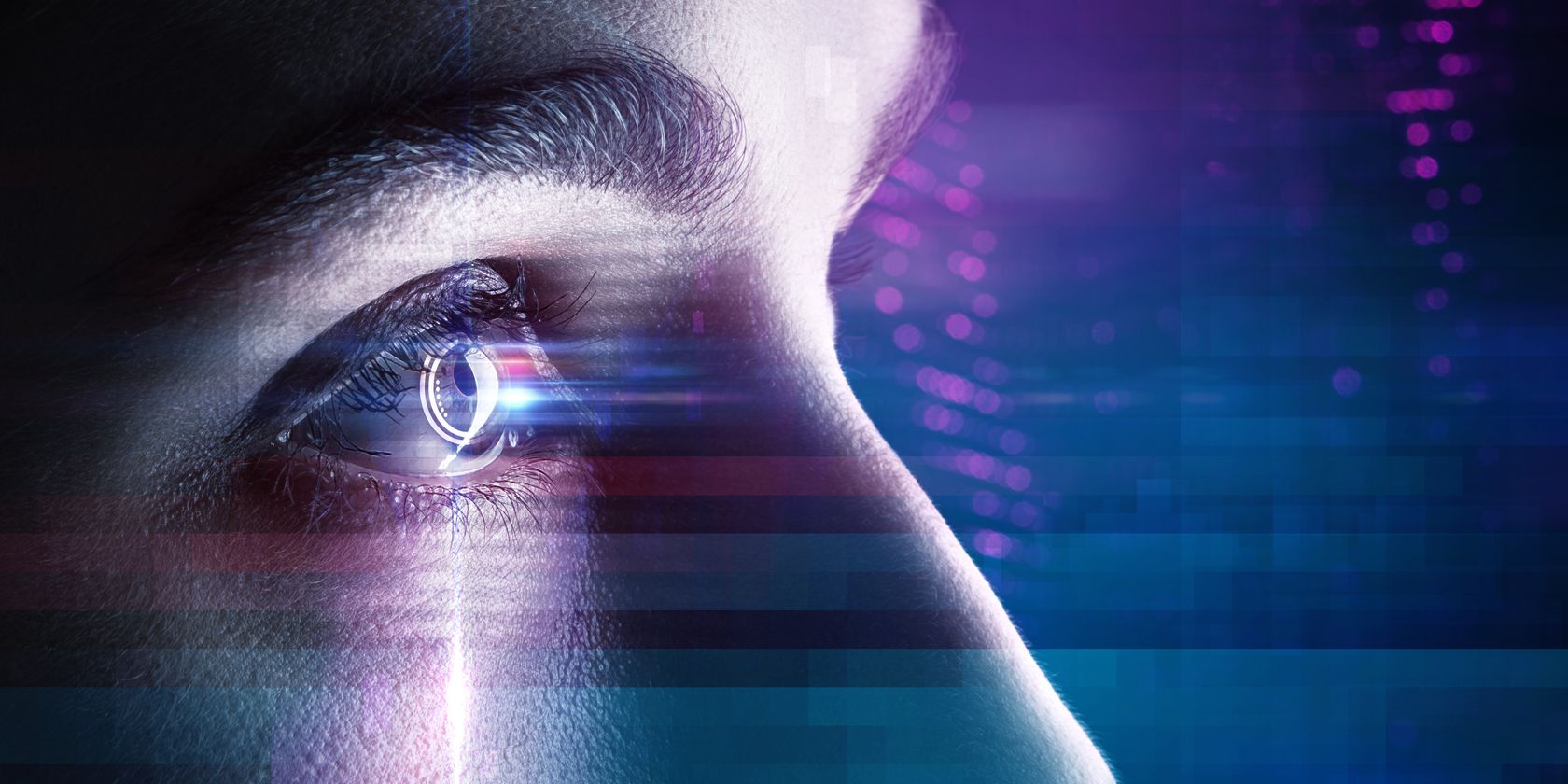Normally, a Windows 10 exploit or virus requires the user to run an infected program; however, what if someone could trigger an attack just by looking at a malicious file? The concept is more than science fiction, as Microsoft is working to patch an exploit that does just that.
Microsoft's Race to Fix a Nasty Exploit
News of this exploit came to light on The Verge. The exploit was found a week before the report by Twitter user @jonasLyk.
This exploit works because Windows 10 handles a particular string of text, numbers, and symbols. When Windows 10 detects this string, it trips a bug that tricks the operating system into thinking its hard drive is corrupted.
Someone abusing this trick doesn't need to do anything extraordinary. All they need to do is get you to see the string in some way. When you see it, your computer processes the string which trips the false corruption alert.
Someone can achieve this by sending you a ZIP folder with a file named after the string, or they can set up a shortcut that contains the string, which triggers the moment you look at the icon.
Fortunately, the bug doesn't destroy anything for good. It does cause Windows 10 to believe the drive is corrupted by marking a section as "dirty;" however, it doesn't actually damage the disk's data.
Once Windows 10 realizes what happened, it will prompt you to restart your computer. It will then perform a CHKDSK scan and fix the issue... most of the time.
In some cases, the user will have to do some manual fixes themselves to get their PC back in working order. Either way, the bug is believed not to cause any permanent corruption, and anyone who encounters the exploit won't lose data.
Microsoft's Response to the Exploit
Fortunately, Microsoft both knows about this bug and is actively fixing it. A Microsoft spokesperson said the following to The Verge:
We are aware of this issue and will provide an update in a future release. The use of this technique relies on social engineering and as always we encourage our customers to practice good computing habits online, including exercising caution when opening unknown files, or accepting file transfers.
For now, exercise caution when downloading unknown files to your PC; however, if you do fall prey to this tricky bug, your files should be safe and there should be no reason to panic.
A Sly Bug, but Not Very Harmful
Microsoft is fixing a new bug that causes a corruption warning when you look at a specific string. Fortunately, the bug does no lasting damage, and a fix should hopefully appear soon.
It's a great idea to get accustomed to tools like CHKDSK, even if this nasty bug never hits you. Knowing how to repair a corrupted Windows 10 PC can mean the difference between fixing a problem yourself and lugging your computer to the nearest repair shop.
Image Credit: lassedesignen / Shutterstock.com

